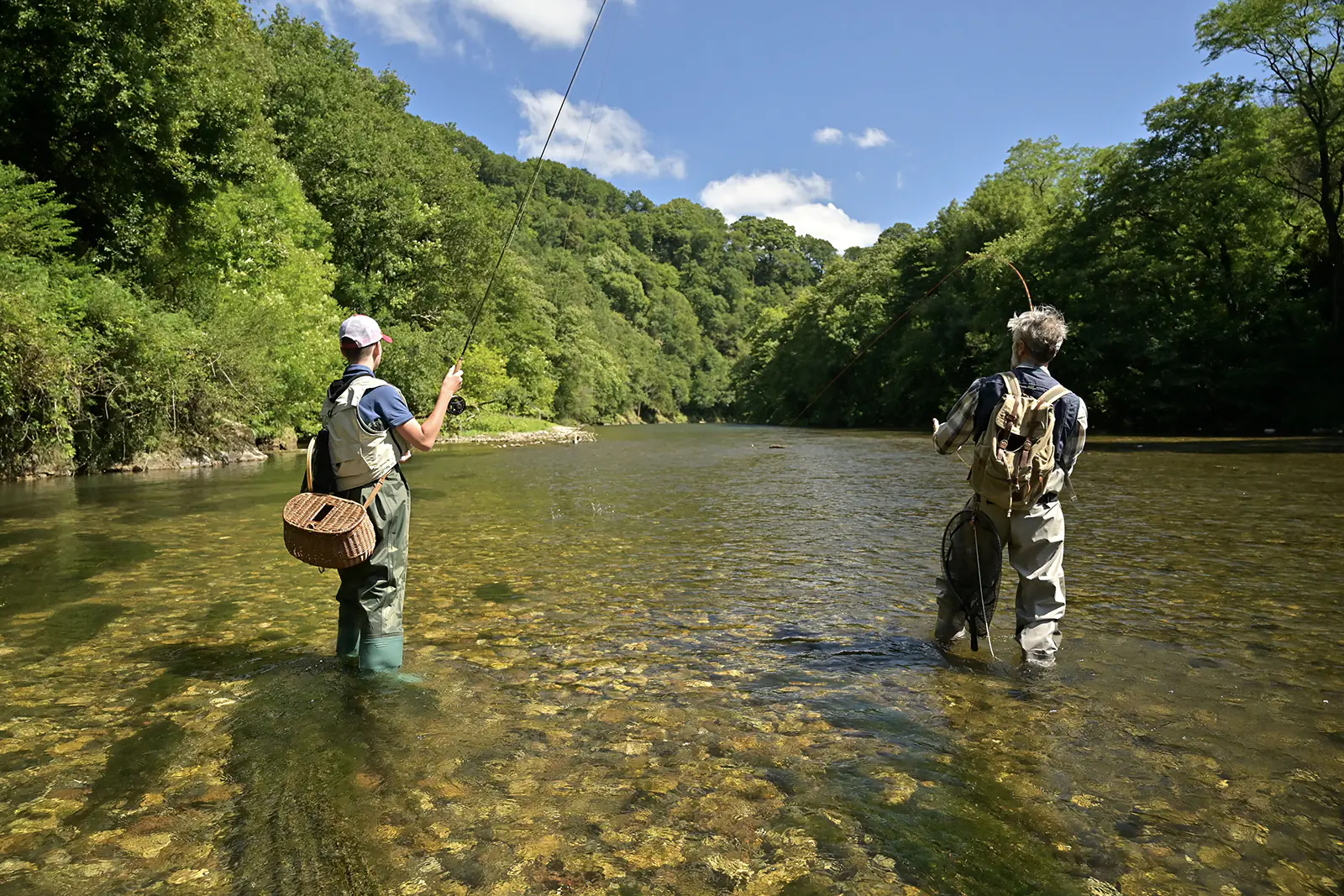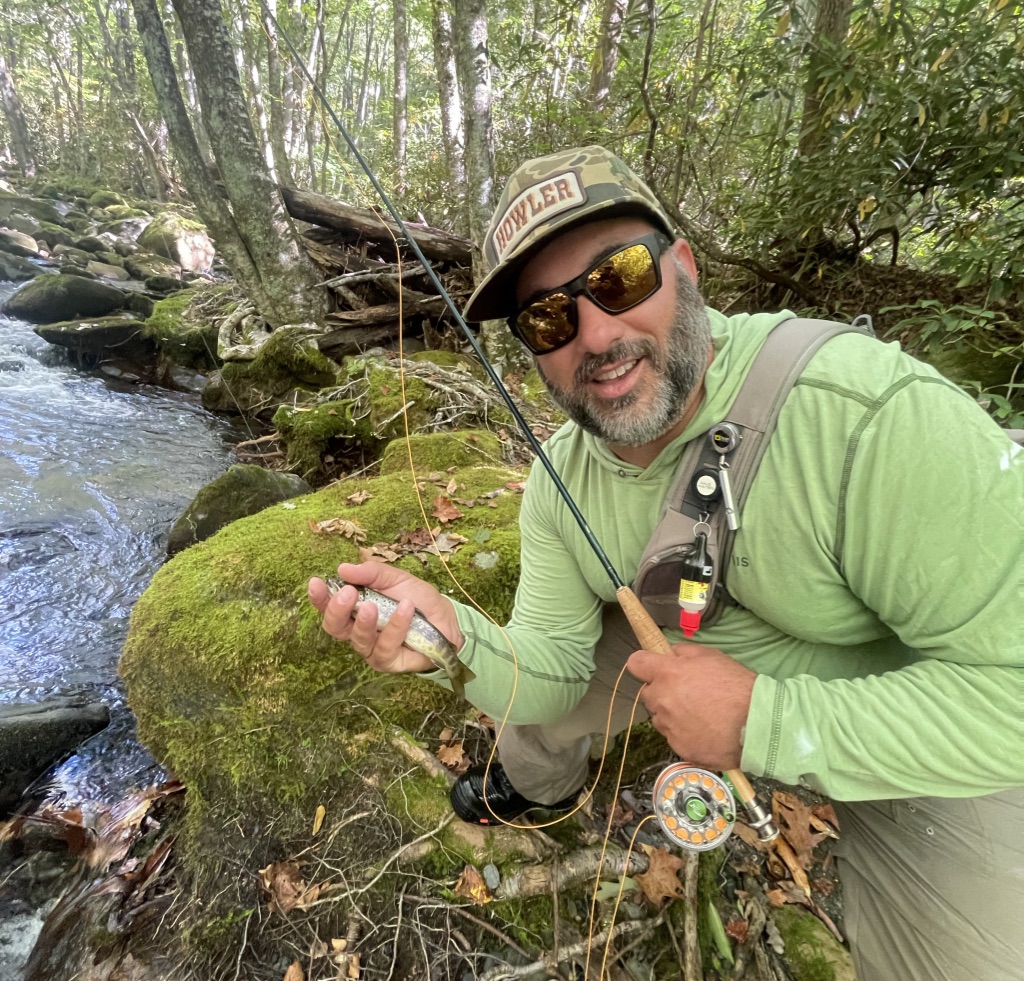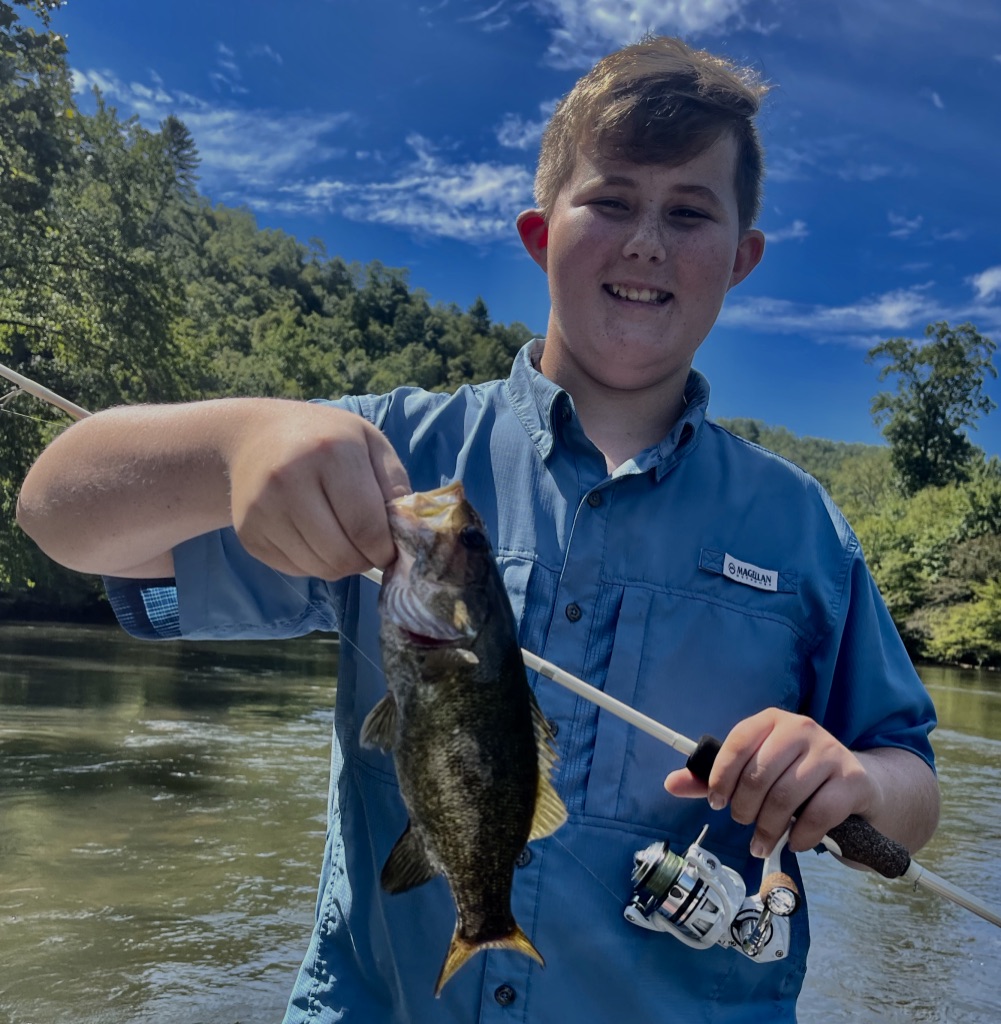
In 1993, the Little Tennessee Watershed Association (LTWA) formed in Franklin, NC and proceeded to monitor the river’s biodiversity under the leadership of Dr. William McLarney, an aquatic conservation biologist. The efforts to keep the Little Tennessee clean have been ongoing, and Dr. McLarney has pointed out that the aquatic life within the stretch between Franklin and the Fontana Reservoir has remained intact for centuries. This section of the river is also the loveliest.
Fish Species
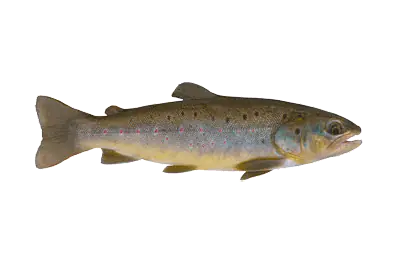
Brook Trout
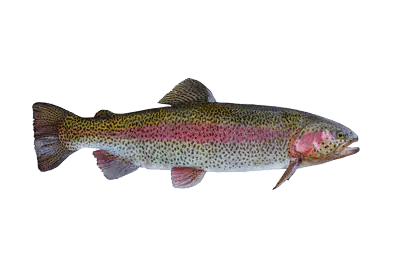
Rainbow Trout

Brown Trout
What's Special About This Water?
Affectionally known as the “Little T,” the 135-mile river runs through the Blue Ridge Mountains from the Chattahoochee National Forest in northeast Georgia, across western North Carolina and into eastern Tennessee where it joins the Tennessee River at Lenoir City. The water within the river basin is of high quality and a source of drinking water for people living in neighboring metropolitan areas such as Franklin and Cherokee, the capital of the Cherokee tribe’s Eastern Band. The Nantahala River, a tributary of the Little Tennessee, is a popular destination for whitewater rafting. Another attraction is the Little Tennessee River Greenway, a 6.1-mile out-and-back trail enjoyed by Franklin residents and tourists. The trail is a mostly flat mix of asphalt and gravel that runs along the river and provides pedestrians, bicyclists and boaters access for fishing, birdwatching and launching watercraft.
Most anglers flock to the Little Tennessee to walk, wade and float for smallmouth bass. During fall and winter, trout can be pursued. Along the riverbanks, you might even spot the remains of historic Cherokee settlements.

Best Time to Fish
Spring is the best time to fish the Little Tennessee. The water is cool enough for trout, the walleye are active and smallmouth bass become prevalent. By summertime, the water is too warm for trout, but excellent for catching smallies. Fall is also great for smallmouth and even bluegill. Although some anglers avoid the winter mountain weather, daytime highs sometimes reach agreeable temperatures when a variety of fish might strike a lure or fly.

Trip Planning
Because the Little Tennessee River flows through the Blue Ridge Mountains, there’s a wide variance in temperatures during the summer and winter months. Dress in layers during the spring, fall and winter and check on the forecasts for water temperatures if you plan to wade.
Latest Fishing Reports
Additional Information
Technique and Tips
You can walk, wade, or float the Little Tennessee River. We’d recommend floating because you’ll create more opportunities to catch fish by covering more of the river. If you choose to wade, be sure to wear felt-soled waders due to the slippery rocks in the shallower areas. Anglers can have great success with fly fishing or spinning gear.
Go-To Flies
- Flies: Wiggle Minnows, Boogle Bug Poppers, Olive Wooly Buggers
- Lures: Rooster Tails, Rapalas, Poppers (yellow, green), Wee Craws
Types of Trips
We guide float trips on the Little Tennessee River.
Nearby Towns
- Bryson City
- Franklin
- Sylva
- Cherokee
License Requirements
All anglers aged 16 or older must have a valid North Carolina state fishing license. Both resident and non-resident licenses can be purchased from the North Carolina Wildlife Resources Commission.
Getting There
Given that the Little Tennessee River is 135 miles long and full of scenic stretches with plenty of fish, we cannot provide comprehensive directions to all desirable spots. However, the stretch from Franklin to the Fontana Reservoir is a must-see for anyone passing through Western North Carolina. The closest main road to Franklin is U.S. 441/23.


